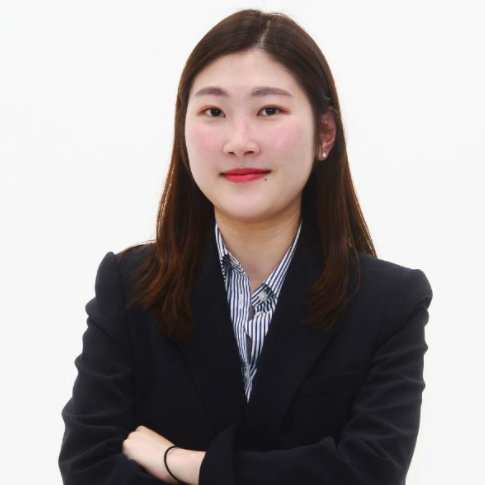Medical standoff puts Korea's COVID-19 response to test
Amid growing fears, KDCA chief expresses confidence in handling virus within 'current health care system'
By Park Jun-heePublished : Aug. 21, 2024 - 15:25

South Korea's health system, which for years worked to shield the nation from the deadly threat of COVID-19, finds itself under renewed pressure from a virus resurgence amid the prolonged standoff between medical professionals and the government, putting its capacity to the test.
The virus is likely to peak later this month at a time when the country's health care has for six months been stretched beyond its capacity, after intern and resident doctors resigned en masse in mid-February to protest the quota hike in medical school admissions.
According to patients and insiders, finding an emergency room after developing COVID-19 symptoms has become harder than ever as emergency medicine professors, who double as senior physicians, are also resigning, putting many patients and their guardians on edge.
Lee Ju-yul, a professor at the Department of Health Administration at Namseoul University, expressed concerns that the medical void could lead to shortages of health care resources and limited capacity as the virus cases are "rapidly rising" during the summer season.
The number of newly admitted patients for the second week of August came to 1,366 -- the highest level this year and a twofold increase from 474 in the fourth week of July, according to the latest data provided by the Korea Disease Control and Prevention Agency on Wednesday.
"Medical void has impacted some 200 medical institutions nationwide, which means the hospitals are not able to function properly. Since most hospitalized patients are senior citizens, who are more vulnerable to the virus, hospitals could see a shortage of available hospital beds if the wave continues," the professor told The Korea Herald.
Shin Hyun-young, a family medicine professor at Seoul St. Mary's Hospital and a former lawmaker, stressed that the exhaustion in doctors, largely driven by junior doctors' absence, could strain hospitals.
"From a medical perspective, there are (barely) any junior doctors at hospitals. But COVID-19 is still part of a medical crisis when responding to infectious diseases," she said.
"Medical professors have been burnt out since February, and they will eventually have to be on night shifts without junior doctors if more severely ill corona patients pour in. But it is unclear if they could handle the case if the situation reaches its peak."
Other experts countered such fears around Korea losing its control over the virus, saying that it is not as dangerous as before and that many of those testing positive for the virus are safe enough to recover at home with COVID-19 treatments.
Though medical institutions are experiencing a challenging time, Jeong Hyoung-sun, a professor of health administration at Yonsei University, said the medical standoff has little relation to dealing with the virus.
"The ongoing strike is affecting general and tertiary hospitals and (patients) with severe illness. But COVID-19 is not as severe as before, and the country has shifted (its status) from pandemic to endemic," the professor explained.
"Also, the country's health care has learned lessons from the past, meaning it now knows how to treat those infected adequately. The severity of emergency symptoms associated with COVID-19 are also milder than the flu," Jeong noted.
Chun Eun-mi, a lung specialist at Ewha Womans University Medical Center, echoed that COVID-19 is not a problem related to the medical standoff.
"Doctors see patients one-on-one and prescribe medications, and medical professors are in place. Even if hospitalized, patients can receive treatment in regular wards through medications," the professor said.
Meanwhile, KDCA chief Jee Young-mee told reporters Wednesday that the national crisis level for COVID-19 will not be raised, nor will it require social distancing, noting that the resurgence can be handled within the current health care system. The summer wave will subside after it peaks at the end of August and the government will supply COVID-19 treatments and test kits stably, she added.
"The fatality level of COVID-19 is at 0.1 percent since January 2020 through last August, and the figure was at 0.05 percent last year," said Jee, explaining that the fatality rate of the virus is comparable to that of the seasonal flu.
In addition, she said that the government would start administering vaccines effective against the JN.1 variant in October, which the KDCA believes will work against KP.3, the dominant strain here, given their similar characteristics. The KDCA is in the process of getting approval and authorization for flu vaccines so that people can receive both COVID-19 and flu vaccines simultaneously in October, according to officials.








![[Herald Interview] How Gopizza got big in India](http://res.heraldm.com/phpwas/restmb_idxmake.php?idx=644&simg=/content/image/2024/11/20/20241120050057_0.jpg&u=20241120164556)
![[KH Explains] Dissecting Hyundai Motor's lobbying in US](http://res.heraldm.com/phpwas/restmb_idxmake.php?idx=644&simg=/content/image/2024/11/20/20241120050034_0.jpg&u=)








